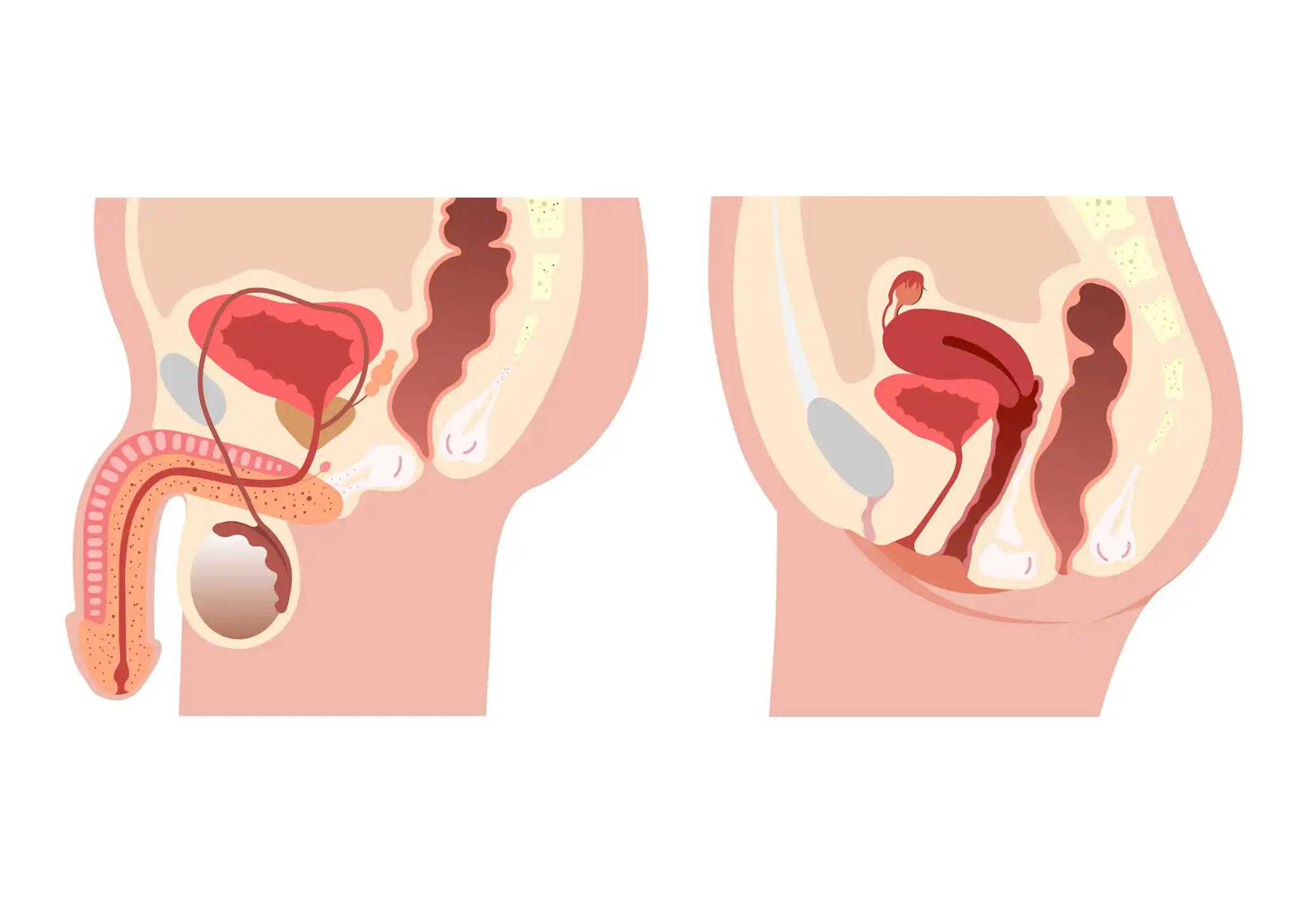KEY TAKEAWAYS
- Phase 3 MAGNITUDE study analyzed the efficacy of NIRA with AAP to treat patients with mCRPC and HRR gene alterations, with the primary outcome measure being rPFS.
- The median rPFS was increased by more than 8 months with NIRA/AAP treatment.
- In terms of other measures, such as TSP, TCC, and pain interference, NIRA/AAP proved superior to PBO/AAP treatment.
In the phase 3 MAGNITUDE study’s main analysis, patients with mCRPC and HRR gene alterations who received Niraparib (NIRA) with abiraterone acetate and prednisone (AAP) had substantially better outcomes. A total of 423 qualified patients (HRR+ cohort) were randomly assigned to undergo NIRA/AAP (n = 212) or placebo (PBO)/AAP (n = 211) treatments.
The primary rPFS endpoint was updated in the HRR+ cohort, and sensitivity analysis was carried out for the subgroup of patients with BRCA alterations. Secondary endpoints were time to cytotoxic chemotherapy [TCC], time to symptomatic progression [TSP], and overall survival [OS].
NIRA/AAP increased the median rPFS in the BRCA cohort to 19.5 months as opposed to 10.9 months with PBO/AAP. The HRR+ cohort experienced a statistically substantial improvement in TSP thanks to NIRA/AAP, and the BRCA subgroup also benefited consistently.
With NIRA/AAP, TCC continued to progress steadily in both the HRR+ cohort and the BRCA subgroup. In both the main stratified analysis and the multivariate analysis (MVA), which accounted for imbalances in significant baseline characteristics, there was a tendency towards improved OS with NIRA/AAP in the BRCA subgroup. In comparison to PBO/AAP, BRCA patients treated with NIRA/AAP had delayed time to worst pain severity (HR, 0.70; 95% CI, 0.44, 1.12; nominal P = 0.1338) and pain interference (HR, 0.67; 95% CI, 0.40, 1.12; nominal P = 0.1275). No novel safety signals were noticed, and the safety profile at IA2 matched that of the primary analysis.
There was a statistically significant clinical benefit in TSP and a noteworthy clinical benefit in TCC with a median follow-up of 26.8 months. Additionally, the primary analysis’s updated rPFS findings from MAGNITUDE IA2 aligned with those results; the OS benefit was inconclusive due to its early development and will be examined further in the final analysis.
Source: https://meetings.asco.org/abstracts-presentations/217051
Clinical Trial: https://clinicaltrials.gov/ct2/show/NCT03748641/
Efstathiou, E., Smith, M. R., Sandhu, S., Attard, G., Saad, M., Olmos, D., Castro, E., Roubaud, G., Gomes, A. J., Small, E. J., Rathkopf, D. E., Gurney, H., Jung, W., Mason, G., Francis, P. S., Wang, G. C., Wu, D., Diorio, B., Lopez-Gitlitz, A. M. & Chi, K. N. (2023). J Clin Oncol 41, 2023 (suppl 6; abstr 170 DOI: 10.1200/JCO.2023.41.6_suppl.170



